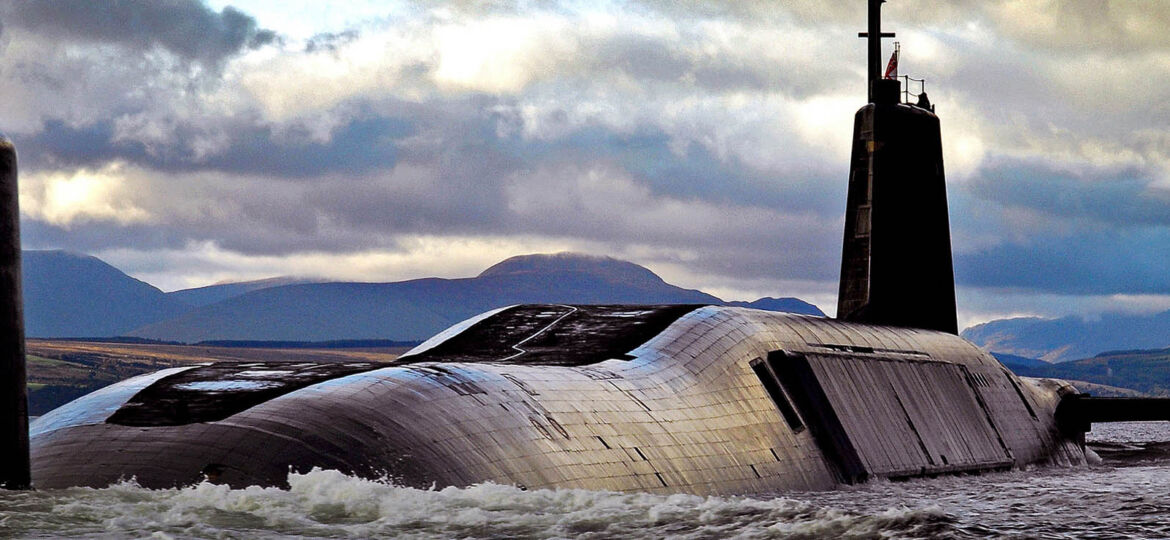
WHY THIS MATTERS IN BRIEF
While we think communications are ubiquitous there are still vast areas of the planet – namely oceans, and even mines – where communication is at best difficult, at worst impossible, DARPA’s new project aims to fix that.
With the right equipment, you can get internet access from pretty much anywhere on the surface of the Earth, but go through a tunnel, or below the surface though, specifically underwater and it’s a different story.
Water poses a problem for wireless communications because it interferes with radio waves. As a result the underwater communication systems used by industry, the Navy and researchers, as well as the US military’s new undersea drone highways, have often relied on sound waves or very low-frequencies with low data rates, such as the frequencies between 3 and 30 kilohertz used in submarine communications.
One day soon though, thanks to the US Defense Advanced Research Projects Agency (DARPA) and it’s new project, you might face the very real prospect of never loosing your signal ever again – wherever you are on the planet, whether that’s at the bottom of the world’s deepest mine, or at the bottom of the ocean. And while there are other new, global internet connectivity solutions coming online over the next few years that will beam internet to every square inch of the planet, like the space internet initiatives being driven by the likes of Facebook, Google and SpaceX, none of the signals from those systems will penetrate water – or be able to go through solid rock.
DARPA and its “A Mechanically Based Antenna” (AMEBA) team, headed up by Troy Olsson, are developing portable ULF, or ultra-low-frequency (1Hz to 3kHz), and VLF, or very low frequency (3kHz to 30kHz), transmitters capable of penetrating a whole host of materials that we may have previously thought completely incompatible with such signals. Think underwater and through stone, and the project, hopefully, will mean that you, I and Fabien Cousteau will never have that tricky problem of being unable to stream Netflix while we’re sitting in our submarines at the bottom of the Mariana Trench – other trenches are, of course, available.
At the moment they’re focusing all their efforts on some of the tricker electromagnetic physics challenges, and if they can overcome some of these then not only will they be able to realise their goal of being able to expand wireless communication and data transfer into undersea, underground, and other settings where such capabilities essentially have been absent, but it also means that we’ll begin seeing connectivity at an unprecedented scale – in space, on land, underground and underwater.
“If we are successful, scuba divers would be able to use a ULF channel for low bit-rate communications, like text messages, to communicate with each other or with nearby submarines, ships, relay buoys, UAVs, and ground-based assets,” said Olsson, “and through-ground communication with people in deep bunkers, mines, or caves could also become possible.” Okay, so we’re not quite streaming Netflix yet but we can hope.
While VLF and ULF radio signals are not new concepts, previous attempts at implementing this technology in any large-scale capacity has proven rather expensive and cumbersome. Olsson wants to create new types of transmitters that are small, light, and power efficient enough to be carried around by individuals, whether on land, in the water, or underground.
“Mobile low-frequency communication has been such a hard technological problem, especially for long-distance linkages, and we’ve seen little progress in many years,” said Olsson, “with AMEBA, we expect to change that. And if we do catalyze the innovations we have in mind, we should be able to give our war fighters extremely valuable mission-expanding channels of communications that no one has had before.”
















